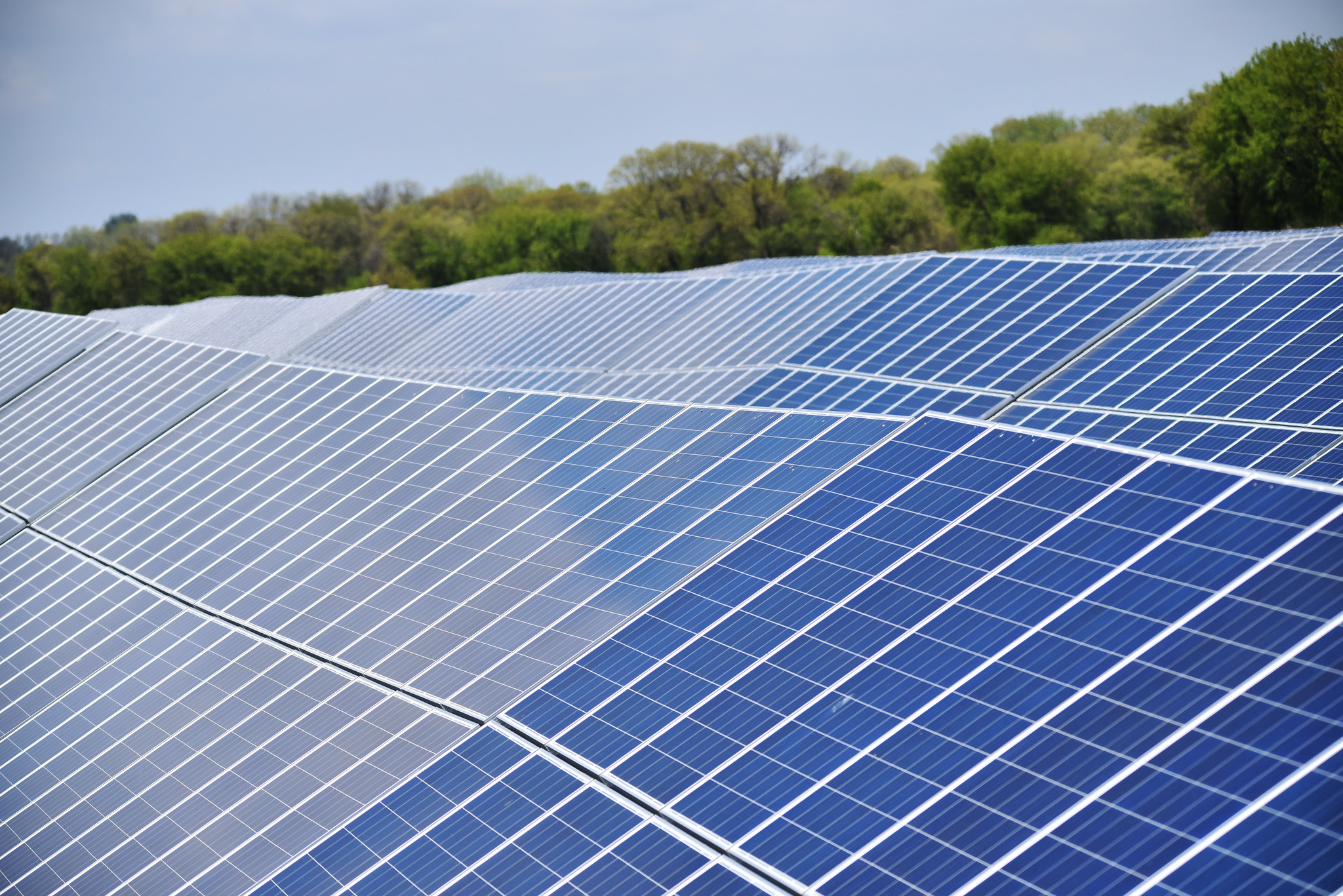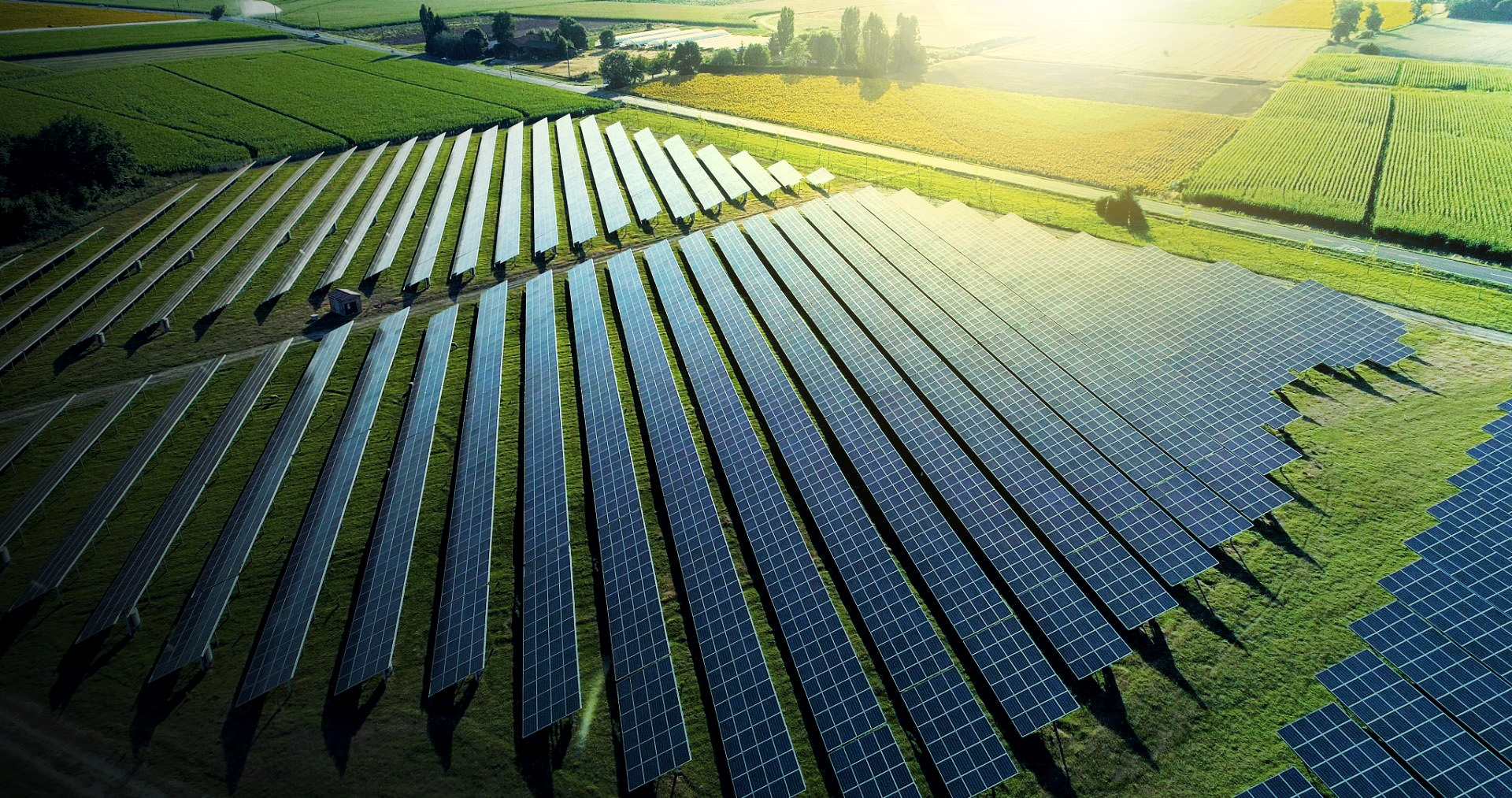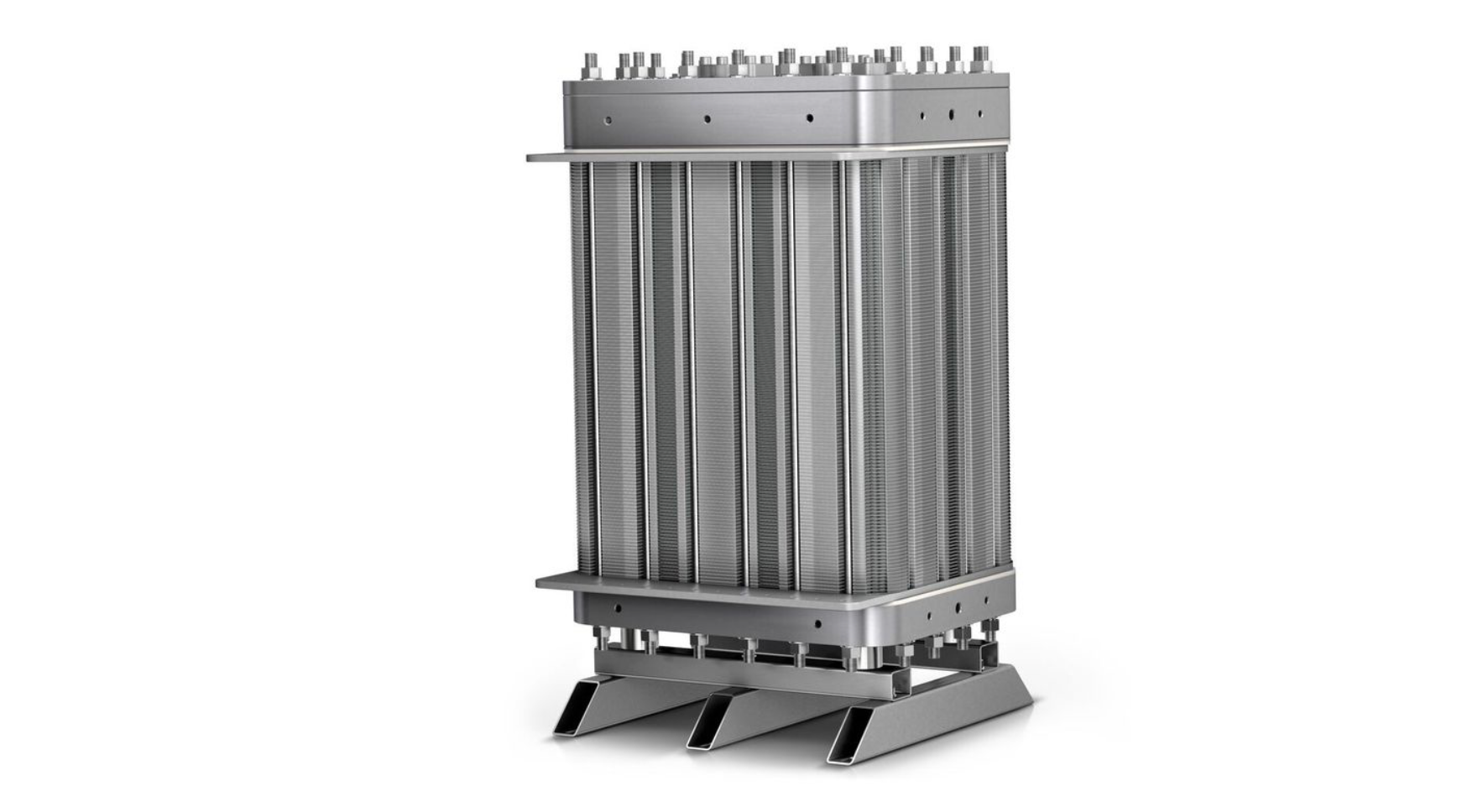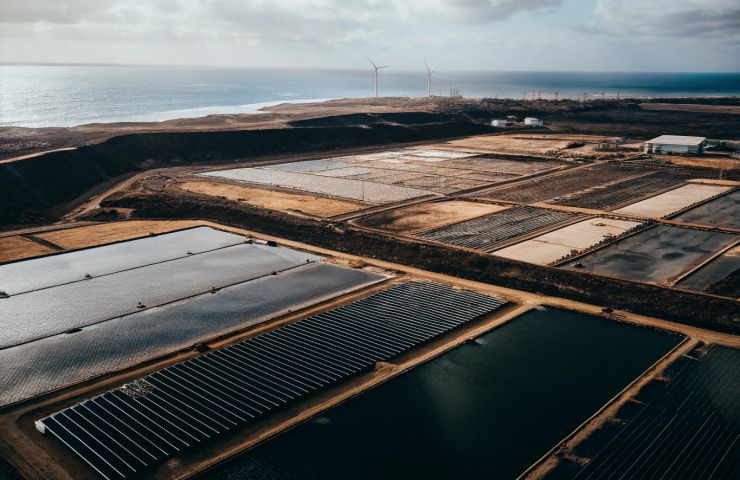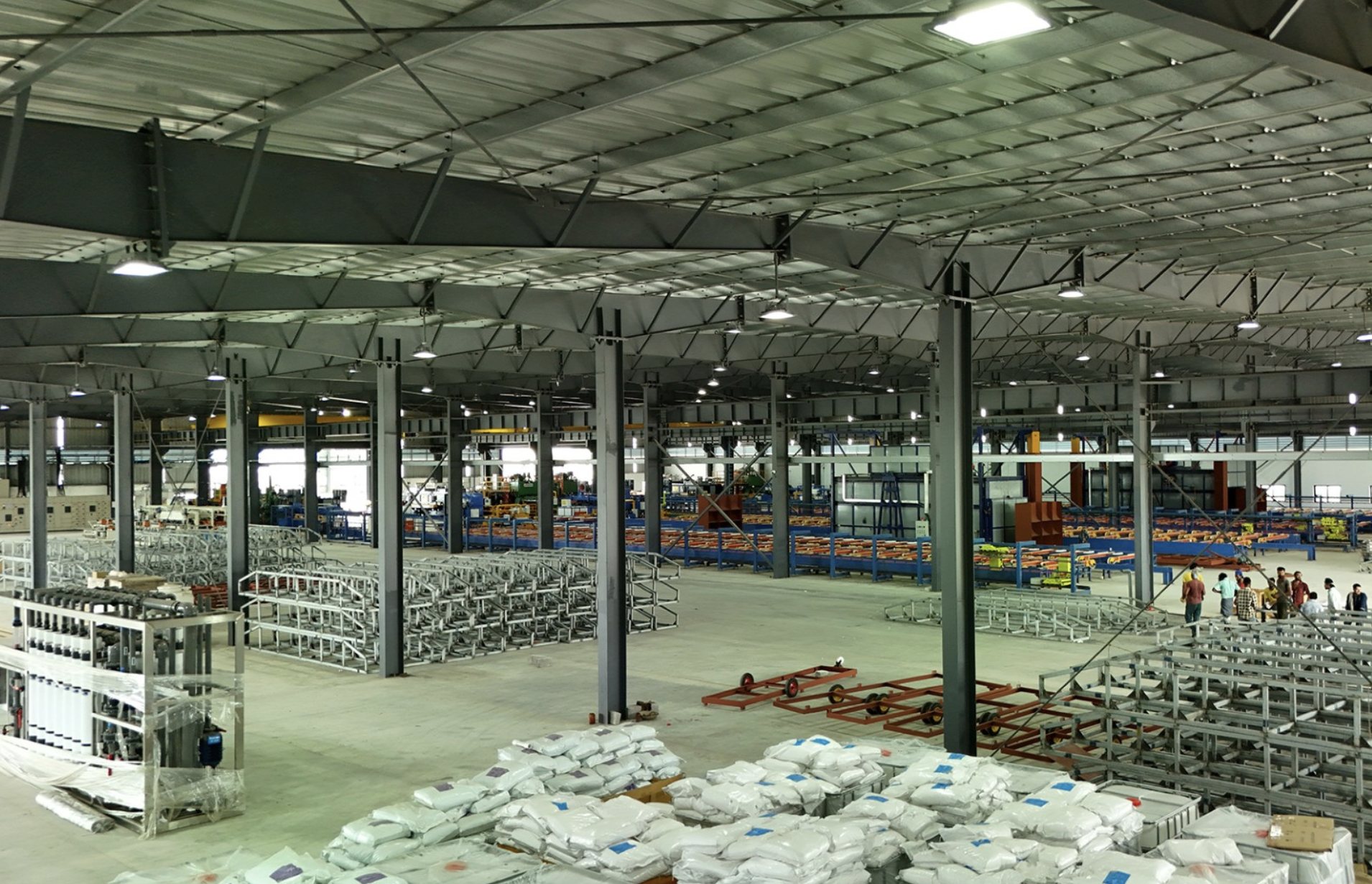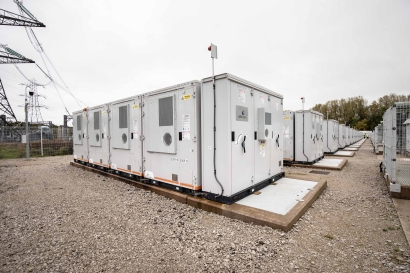SolarStations.org: Mapping the future of solar resource assessment
IEA PVPS Task 16 recently introduced SolarStations.org, a global catalogue of solar irradiance monitoring stations designed for researchers, developers, and policymakers. This openly available resource catalogues more than 800 multi-component stations –of which more than 400 are currently active – offering a comprehensive view of high-quality ground-based solar data.

IEA PVPS Task 16 recently introduced SolarStations.org, a global catalogue of solar irradiance monitoring stations designed for researchers, developers, and policymakers. This openly available resource catalogues more than 800 multi-component stations –of which more than 400 are currently active – offering a comprehensive view of high-quality ground-based solar data.
Ground-based solar irradiance measurements remain the gold standard for evaluating solar potential, despite advances in satellite-derived and modelled data. Yet, researchers have always struggled to locate reliable datasets due to scattered, inconsistent, or hidden station metadata.
SolarStations.org directly addresses this issue, offering an interactive catalogue and a global map that details locations, ownership, period of operation, data availability, and climate zone for each station.
Defining station quality: The tier system
Not all solar stations are created equal. The catalogue introduces a three-tier classification based on instrument and data quality. Tier-1 stations, such as those in the BSRN network, meet the highest standards, using Class-A thermopile pyranometers and pyrheliometers mounted on solar trackers to measure GHI, DNI, and DHI. These stations are suited for precise scientific and industrial applications.
Tier-2 stations use lower-spec instruments or measure only two components. While they offer reduced accuracy, they broaden geographical representation, particularly in the Global South. Tier-3 stations, which do not meet baseline multi-component criteria, are excluded from the catalogue to maintain data reliability.
This structured approach allows users to match data sources with their application’s uncertainty tolerance and data quality requirements, which are crucial in tasks ranging from PV forecasting to atmospheric modelling.
Global coverage with local gaps
While the catalogue’s entries span all continents, regional disparities remain. Asia leads in absolute station count, while Europe has the highest station density at approximately six stations per million km². However, regions such as Central Africa, Western Asia, and northern South America remain underrepresented.
These gaps may reflect catalogue incompleteness or actual scarcity of monitoring infrastructure. And many stations operate in isolation and lack visibility. By crowdsourcing contributions and offering open-access metadata, SolarStations.org aims to bridge this divide and become a constantly evolving database for the solar community.
Use cases
SolarStations.org is already being applied in a wide variety of contexts. Three illustrative use cases demonstrate its usefulness:
- Model benchmarking: Ongoing IEA PVPS Task 16 benchmarking studies now leverage the catalogue to select stations with broader geographical and climatic diversity.
- Quality control development: Researchers developing new data quality algorithms use the catalogue to identify stations in extreme environments like high elevations or humid tropics to test how algorithms fare under diverse conditions.
- Project siting and validation: Developers can identify the nearest high-quality monitoring station to a proposed solar project and assess data accessibility, which helps to improve site assessments and to lower financial risk.
Each use case underscores how the catalogue enhances transparency and efficiency in solar energy deployment.
Remaining challenges
Despite its thoroughness, the catalogue highlights persistent barriers to solar data access. A significant share of stations—particularly Tier-1—do not offer public data. And even when data is available, inconsistent formats, unclear documentation, and maintenance issues can hinder usability. Moreover, 14% of catalogued stations have unknown operational status, limiting their reliability for research or project planning.
The Solar Energy article calls for standardized data formats, transparent documentation, and institutional support to reduce these friction points. It also advocates for a global network of open-access, high-quality stations to expand the reference base beyond legacy networks like BSRN.
A community resource
SolarStations.org is not just a database, it’s a collaborative infrastructure. By cataloguing and disseminating critical standardized data on irradiance monitoring stations, the platform provides users across the energy, climate, and research sectors with tools to gain more accurate assessments.
As solar becomes a central pillar of global energy systems, initiatives like this will be essential for accelerating the transition to clean energy.
About IEA PVPS Task 16
IEA PVPS Task 16 focuses on the study and advancement of solar resource data and forecasting for high-penetration and large-scale solar applications. Its work supports the deployment of solar energy by developing best practices, improving the accuracy of solar resource data, and enhancing methods for forecasting solar energy availability. The Task brings together experts from around the world to improve the quality and bankability of solar projects by providing tools and insights essential for investors, developers, and energy planners.
What's Your Reaction?












